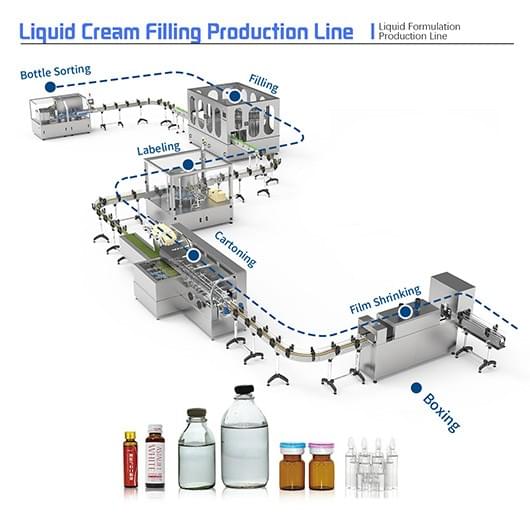Glass has been used for centuries as a trusted material for storing food and beverages. In modern food packaging, glass continues to stand out due to its unique combination of chemical stability, environmental friendliness, and premium feel.

Glass is an ideal material for food packaging because it is Glass is an ideal material for food packaging because it is inert, non-toxic, airtight, reusable, and infinitely recyclable. It keeps food fresh without leaching harmful substances, supports sustainability goals, and enhances product presentation.
1. Glass Is Inert and Non-Reactive
One of the most important properties of glass bottles is that glass is inert, meaning it doesn’t chemically interact with the food it stores. This inertness comes from its stable molecular structure, formed when silica (sand) and other minerals are melted at high temperatures.
That’s why glass food packaging doesn’t affect taste, aroma, or nutritional value. This makes it ideal for storing acidic items like tomato sauce, pickles, or juices, as well as sensitive products like baby food and breastmilk.
2. Preserves Food Quality and Freshness
Glass containers provide a superior barrier against oxygen and moisture. When sealed properly, they help keep fruit fresh longer, prevent spoilage, and extend shelf life without the need for preservatives. Glass jars with lids are especially effective for refrigerated storage, whether it’s spaghetti sauces, berries, or leftovers.
3. A Sustainable and Eco-Friendly Option
Unlike many plastics, glass is a sustainable material. It’s made from abundant natural resources like sand, limestone, and soda ash. Although glass is not biodegradable, it is 100% recyclable and can be recycled endlessly without losing quality—a concept known as infinite recyclability.
This makes glass a top choice for businesses looking to reduce their environmental footprint. Compared to plastic, glass is more eco-friendly, as it doesn’t release microplastics or degrade into harmful compounds. Using recycled glass packaging also reduces energy consumption during manufacturing.
4. Glass Packaging Enhances Brand Value
The transparency and weight of glass add a premium feel to food and beverage packaging. Think of glass Coke bottles, gourmet olive oils, or artisan jams—glass delivers a visual appeal and tactile experience that plastic cannot match. Many brands choose unique glass designs or tall jars for pasta and grains to stand out on the shelf.
5. Safe, Versatile, and Multi-Purpose
Glass is widely regarded as food-safe. It doesn’t contain BPA or other chemicals often found in plastics. This makes it a trusted choice for baby food jars, breastmilk containers, and home meal prep. From 1 oz containers with lids for condiments to large storage jars, glass packaging supports various needs across foodservice, pharmaceutical, and cosmetic industries.
While glass packaging offers many benefits, it does come with challenges such as weight and fragility. However, for companies focused on premium quality, sustainability, and food safety, it remains one of the most reliable materials available.
Related Topics and Answers
Is glass a sustainable packaging material?
Yes, glass is both eco-friendly and sustainable—it’s made from natural resources and is infinitely recyclable.
Why is glass better than plastic for the environment?
Glass doesn’t release microplastics, doesn’t degrade into toxins, and is endlessly recyclable, whereas plastic is often single-use and polluting.
When were glass bottles invented?
Glass bottles have been around since around 1500 BC, originally hand-blown. The first automated bottle machine was developed in 1903, revolutionizing the glass packaging industry.
How are glass bottles made today?
Most modern glass containers are made by melting sand and other minerals, then forming them using blow-and-blow or press-and-blow techniques.
Are there alternatives to glass packaging?
Yes, alternatives include plastic, metal, and paper-based packaging—but none match glass in terms of inertness, recyclability, and premium presentation.
Summary
Glass is an inert, sustainable, and visually appealing material for food packaging. Its ability to preserve food safely without chemical leaching, combined with its infinite recyclability and brand-enhancing appeal, makes it a smart choice for companies and consumers alike.
Looking to fill and seal your products in glass containers efficiently?
Explore our turnkey filling and packaging machines at osdmachinery.com — trusted by brands worldwide for reliable, customizable solutions.
